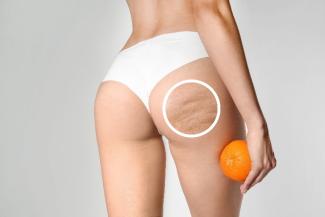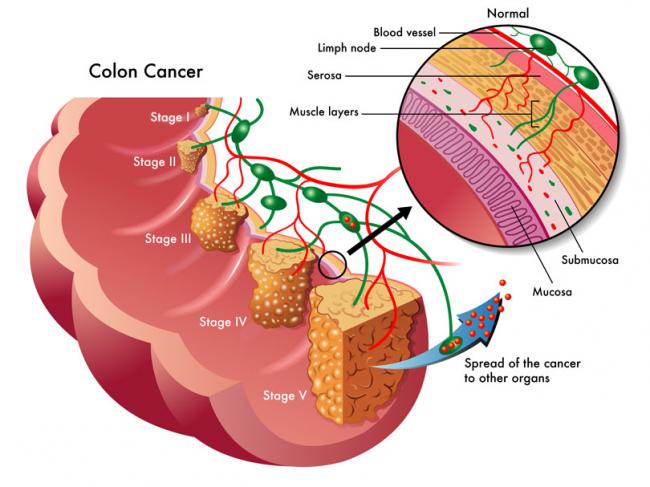Related Articles
- 05 May 14
 Alzheimer’s disease is a progressive brain disease that slowly eats away at memories and causes problems with thinking. As the degeneration progresses, it can lead to the inability to complete even simple tasks. Symptoms typically will begin to appear after the age of 60. Alzheimer’s is considered the most common cause of dementia, which means loss of cognitive functioning and the loss of some behavioural functioning.
24 Sep 21
Alzheimer’s disease is a progressive brain disease that slowly eats away at memories and causes problems with thinking. As the degeneration progresses, it can lead to the inability to complete even simple tasks. Symptoms typically will begin to appear after the age of 60. Alzheimer’s is considered the most common cause of dementia, which means loss of cognitive functioning and the loss of some behavioural functioning.
24 Sep 21A common concern presenting in general practice is hair loss. Hair is an integral aspect of our identity and feelings of self-esteem, and it offers an element of aesthetic expression for many. To see it recede or thin can be a challenging experience. This article will first review notable information pertaining to the hair physiology, along with key aspects relating to male and female patterns of hair loss (androgenic alopecia).
01 May 21A holistic approach to chronic-disease prevention and treatment often includes exercise therapy as an essential modality. Exercise is generally considered a healthy activity, with few exceptions, and its application is a logical addition to any health program.
27 Aug 18Fasting is a voluntary abstinence from food or any calorie-containing drinks for a specific period. In plain terms, fasting is the act of not eating, as simple as that, but let’s not be misguided by the simplicity of fasting, because health benefits that you’ll get from simply restraining from food are numerous and amazing.
02 Aug 19Forgetfulness is often considered a normal part of aging. As we get older, we might all expect to notice changes in our memory, ability to focus, multitask and problem solve. Dementia is when these changes in cognition begin to impact daily functioning. With an aging population, dementia is expected to become the leading cause of disability worldwide by 2020 (4). Current treatments for dementia are limited and do not have great success rates. Finding ways to prevent, or at the very least slow the process of, age-related cognitive decline is tremendously important.
13 Feb 17A current analysis of research has identified citicoline as an indirect yet potent therapeutic agent that has halted disease progression, and in some cases participated in regression of Alzheimer’s disease.
31 May 19The structure of the pelvic floor creates a support system for the pelvic organs. These muscles, composed by the pelvic diaphragm and elevator ani complex, form a sling around the urethra, distal vagina, and rectum.
18 May 18Sure, dental cleaning is great for our oral health, but did you know that it can also improve the wellness of your whole body? Daily toothbrushing and flossing is crucial to maintain the health of our gums and teeth; however, this might actually be more important in pregnant women and those looking to conceive.
01 Dec 13$path = isset($_GET['q']) ? $_GET['q'] : '
';
$link = url($path, array('absolute' => TRUE));$nid = arg(1);
if ($nid == 201312){
?>download pdf
}
?> As baby boomers head into their golden years, research and marketing have followed suit, offering skin-care and food products, as well as more invasive procedures that aim at providing youthful, flawless, glowing skin. As the focus shifts towards maintaining youth both in appearance and on the inside, people are turning to all sorts of treatments in an attempt to look and feel their best.
As baby boomers head into their golden years, research and marketing have followed suit, offering skin-care and food products, as well as more invasive procedures that aim at providing youthful, flawless, glowing skin. As the focus shifts towards maintaining youth both in appearance and on the inside, people are turning to all sorts of treatments in an attempt to look and feel their best.
Newsletter
Most Popular
- 02 Aug 19
- 15 Jun 23
- 10 Apr 16
- 17 Jun 13
- 17 Jun 13
- 17 Jun 13
- 01 Jul 13
- 17 Jun 13
- 17 Jun 13
- 17 Jun 13
- 01 Jul 13
- 17 Jun 13
- 17 Jun 13
- 17 Jun 13
- 01 Jul 13

























